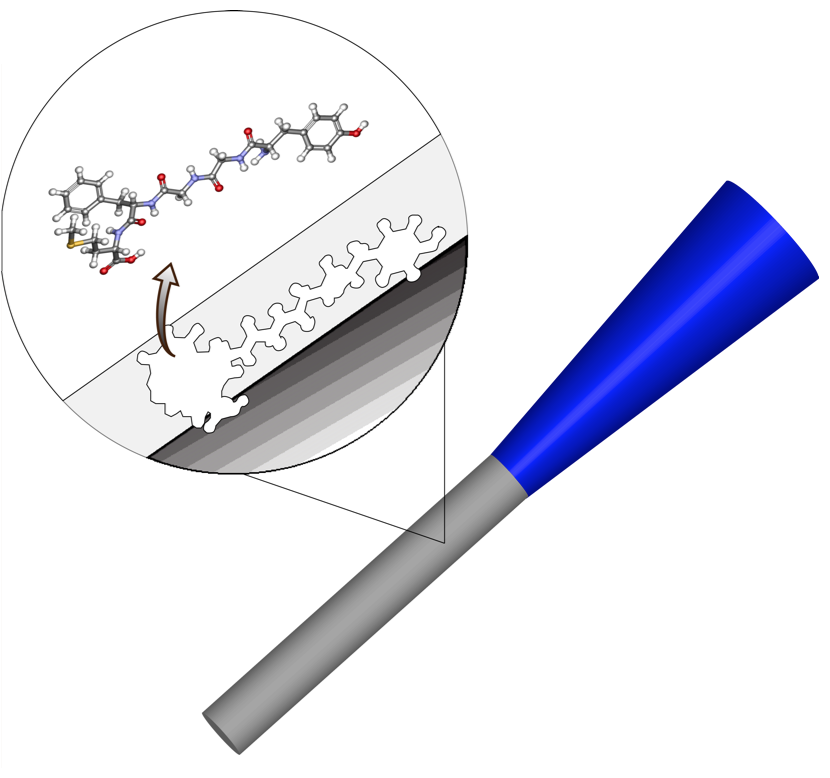
University of Vermont
Department of Chemistry
THE OU LAB
Welcome to the Ou Lab in the Department of Chemistry at the University of Vermont!
Our lab develops and optimizes analytical methods (including sampling, microfluidics, and electrochemical sensing technology) to make quantitative measurements of a range of analytes. These analytes include molecules produced by the gut microbiome (such as short chain fatty acids), contaminants in water ecosystems (i.e. heavy metals), and those responsible for signaling in the central nervous system (i.e. neurotransmitters and neuropeptides). Check out our research pages for more information!
We are currently seeking motivated graduate students to join our lab through any of the following two programs - Chemistry Graduate Program (https://www.uvm.edu/cas/chemistry/graduate-program-overview) and the Neuroscience Graduate Program (https://www.uvm.edu/neurosciencegrad). If you're interested in joining our group or learning more, please fill out the interest form under the 'Joining Our Group' tab above.
Our Research
Molecular Imprinting
We electrochemically deposit different combination of monomers to form complimentary shape(s) to our molecule of interest onto carbon fibre microelectrodes. This enables us to build stable, selective and sensitive electrochemical biosensors for wide range of applications. We will use the sensor for in vivo voltammetry studies to detect a wide range of neurochemicals. The goal is two-fold: to create implantable sensors and to create clinical diagnostic tools.
The gut-brain axis
We perform fast-scan cyclic voltammetry (FSCV) experiments on carbon fiber microelectrodes to quantify the change in levels of neurochemicals from cells stimulated with various gut metabolites. Our research primarily investigates autism spectrum disorder and we hope to elucidate new avenues for therapeutics in the future.
Metal Sensing
We chemically alter the carbon fiber microelectrodes using different surface chemistries, including ethynyl-containing moieties, to gain selectivity and sensitivity to metal ions of interest. This enables us to electrochemically detect metal ions that are neurochemically interesting (such as copper or calcium) as well as polluting metal ions that have an environmental impact (such as lead).
Contact Us
If you would be interested in joining our lab, please fill out this form and we will contact you ASAP!
Address
Discovery W319 & W325
82 University Place
The University of Vermont
Burlington, VT 05405
Email
you@uvm.edu
Phone
(802) 656-2435


